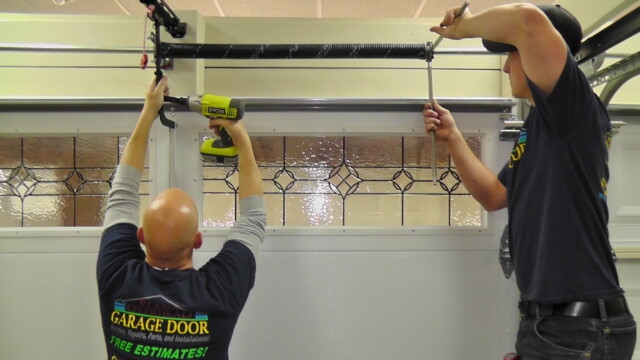The Renaissance was a pivotal period in history, marked by a renewed interest in art, culture, and intellect. This era gave birth to two distinct movements: the Northern Renaissance and the Italian Renaissance. Both had significant impacts on the art world, yet they developed unique characteristics and styles. In this article, we’ll delve into the differences between these two renaissances, explore the mysterious Sicilian symbol, and discuss the beauty of framed Italian wall art.
The Northern Renaissance vs Italian Renaissance
Origins and Influences
The Northern Renaissance primarily took place in regions like the Netherlands, Germany, and France. It was heavily influenced by Gothic art, characterized by intricate details and religious themes. The invention of the printing press by Johannes Gutenberg also played a crucial role in spreading Renaissance ideas throughout Northern Europe.
On the other hand, the Italian Renaissance began in the 14th century in Florence, Italy. It was inspired by the classical art and philosophy of Ancient Greece and Rome. This period is renowned for its advancements in humanism, a philosophy that emphasized the potential and achievements of humans. To explore more about this intriguing comparison, visit Paolo Modena’s article on Northern Renaissance vs Italian Renaissance.
Artistic Techniques and Themes
In terms of techniques, the Northern Renaissance artists excelled in oil painting, allowing for greater detail and realism in their work. They focused on domestic interiors, landscapes, and portraits, often imbued with complex symbolism. Artists like Jan van Eyck and Albrecht Dürer are notable figures from this period.
Conversely, Italian Renaissance artists pioneered fresco and tempera painting techniques. They emphasized proportion, perspective, and human anatomy, producing works that celebrated human beauty and the natural world. Icons like Leonardo da Vinci, Michelangelo, and Raphael emerged during this time, leaving an indelible mark on art history.
Religious and Secular Themes
Religion played a dominant role in both renaissances, but there were distinct differences. Northern Renaissance art often depicted biblical scenes with meticulous attention to detail and symbolism. However, as the Reformation gained momentum, there was a shift towards more secular themes, reflecting everyday life and human experience.
In contrast, Italian Renaissance art was deeply rooted in Catholicism, with a significant focus on religious subjects. The church commissioned many works, leading to the creation of grand frescoes and altarpieces. Despite this, the Italian Renaissance also saw an exploration of mythological and classical themes, showcasing a blend of sacred and secular art.
The Mysterious Sicilian Symbol: The Legendary Medusa Head
Among the rich tapestry of Italian symbols, the Sicilian symbol holds a unique place. The Medusa head, also known as the Trinacria, is a powerful emblem representing Sicily’s complex history and culture. This symbol features three bent legs radiating from a central Gorgon head, often adorned with wings and snakes.
The Medusa head symbolizes the island’s tri-cornered shape and its Greek, Roman, and Norman heritage. It is deeply rooted in mythology and has been used in various forms of art and architecture throughout Sicily. To delve deeper into the fascinating history and significance of this symbol, read Paolo Modena’s article on the Sicilian Symbol.
The Elegance of Framed Italian Wall Art
Adding a touch of Italian Renaissance art to your home can elevate its aesthetic appeal. Framed Italian wall art offers a sophisticated way to bring the beauty and history of this era into modern living spaces. Whether it’s a reproduction of a Michelangelo masterpiece or a detailed oil painting from the Northern Renaissance, these pieces serve as both decoration and conversation starters.
When selecting framed Italian wall art, consider the style and period that resonate most with you. The intricate details and vibrant colors of Northern Renaissance works can add a touch of opulence, while the balanced proportions and serene beauty of Italian Renaissance art can create a tranquil and inspiring atmosphere. For a stunning selection of framed Italian wall art, visit Paolo Modena’s website.
Conclusion
Understanding the Northern Renaissance vs Italian Renaissance helps appreciate the distinct contributions each made to art and culture. Both movements, with their unique techniques, themes, and influences, have left a lasting legacy that continues to inspire artists and art lovers today.
The Sicilian symbol, with its rich mythology and historical significance, adds a layer of mystery and intrigue to Italian heritage. Incorporating framed Italian wall art into your home decor allows you to celebrate this rich cultural history and enjoy the timeless beauty of Renaissance art.
For more insights and beautiful artworks, don’t hesitate to explore Paolo Modena’s website. Here, you will find a wealth of information and a curated collection of exquisite pieces that reflect the splendor of the Renaissance era.
Whether you are a seasoned art connoisseur or just beginning to explore the world of Renaissance art, understanding these elements will enhance your appreciation and enjoyment of this remarkable period in history. So, immerse yourself in the beauty and brilliance of the Northern and Italian Renaissance, discover the mystique of the Sicilian symbol, and adorn your space with the elegance of framed Italian wall art.











